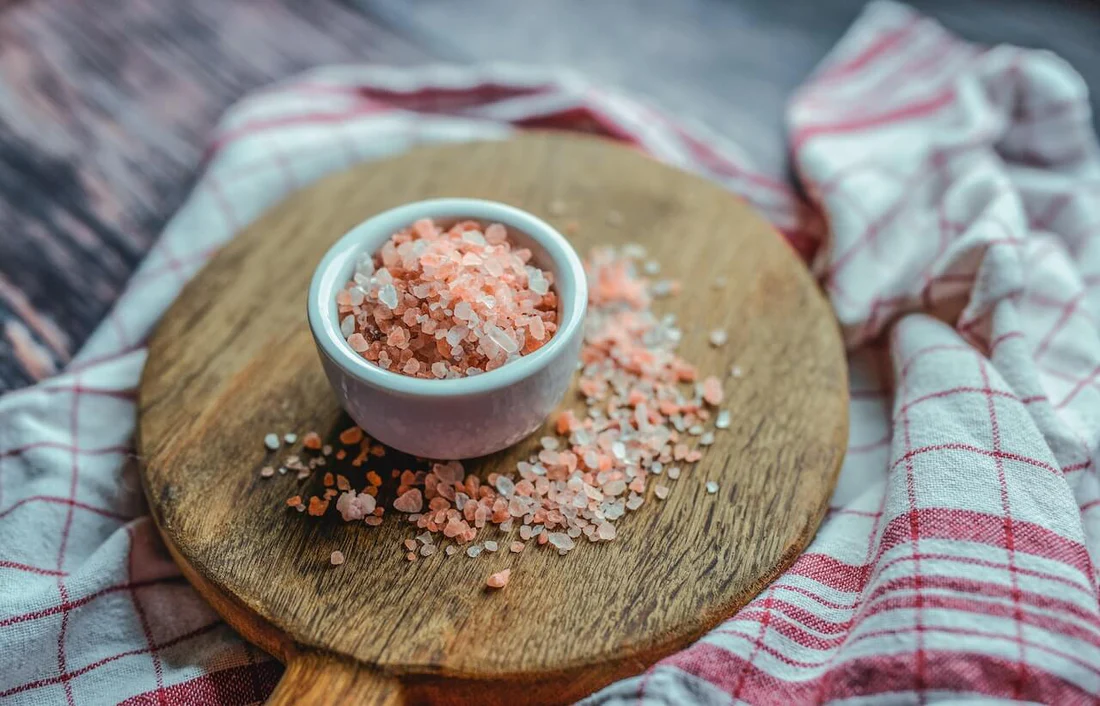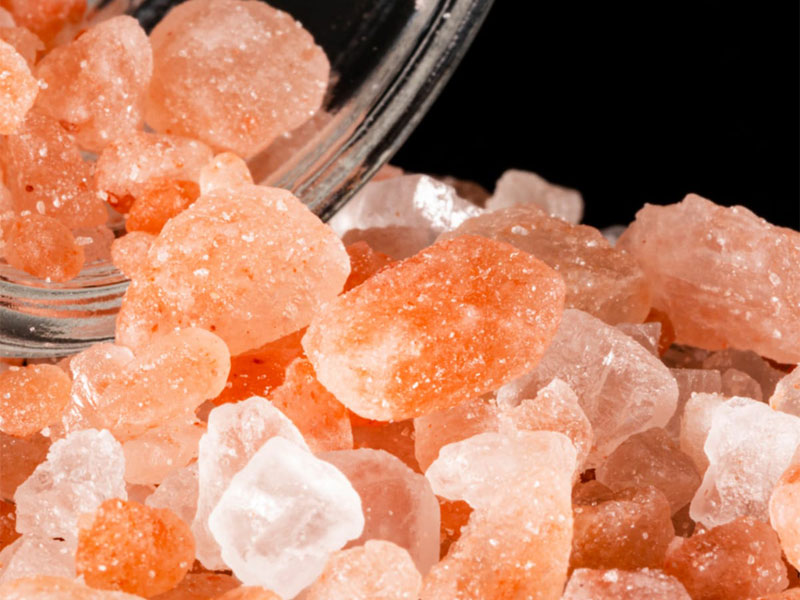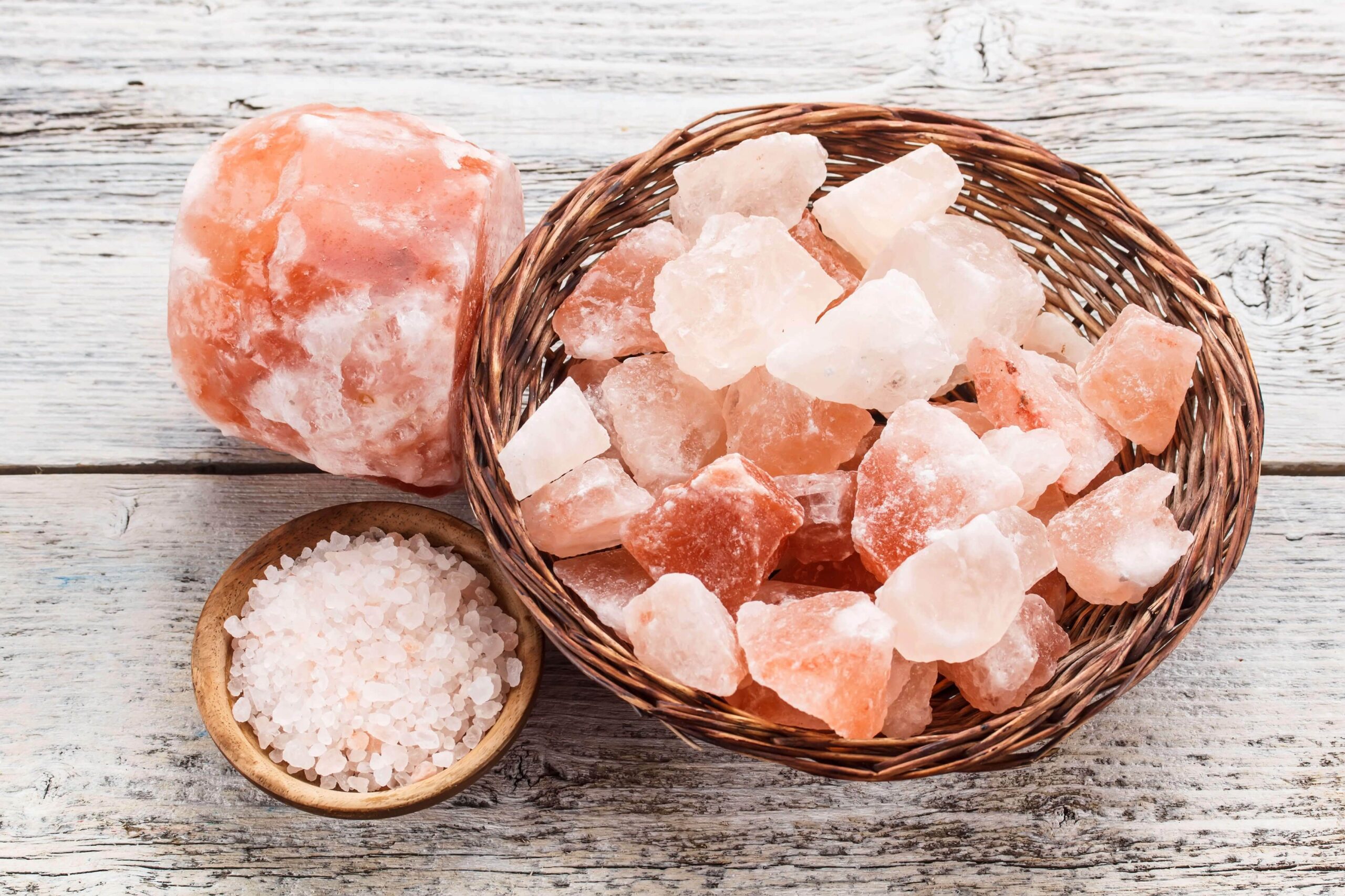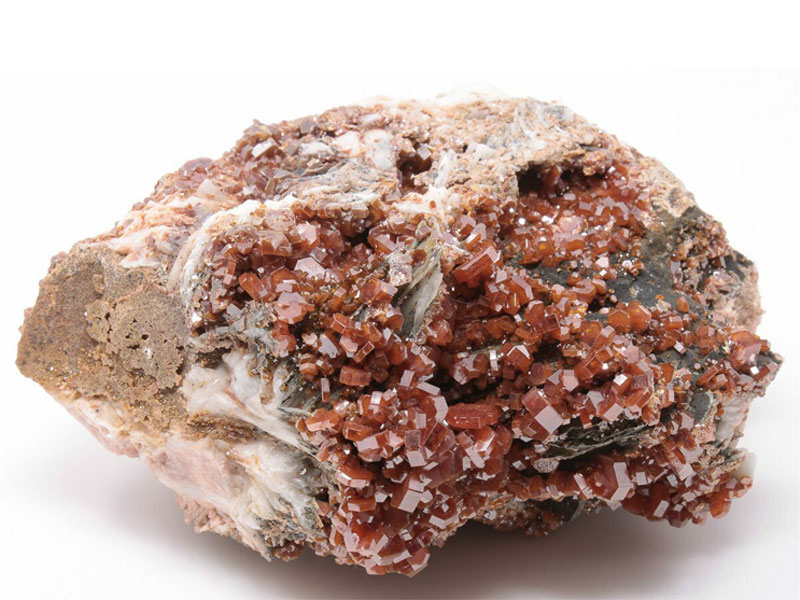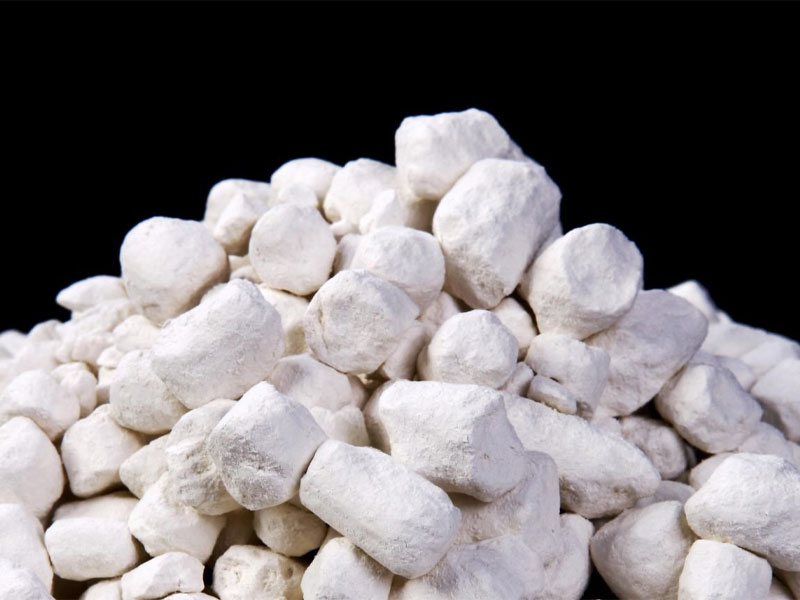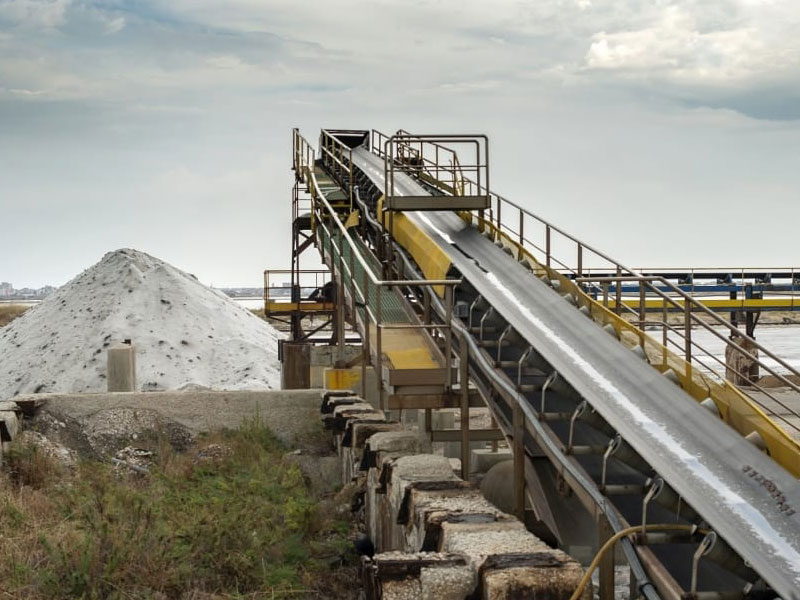Introduction
Himalayan pink salt, often hailed as a healthier alternative to regular table salt, has gained popularity in recent years. It’s mined from the foothills of the Himalayan mountains and is celebrated for its distinctive pink hue and supposed health benefits. While this unique salt does offer some advantages, it’s essential to be aware of potential side effects and misconceptions surrounding its consumption. In this article, we will delve into the world of Himalayan pink salt, exploring its benefits and shedding light on some of the side effects associated with its use.
Read More: Salt
What Is Himalayan Pink Salt?
Before we dive into the potential side effects, let’s understand what Himalayan pink salt is. This type of salt is primarily composed of sodium chloride, like regular table salt, but it also contains trace minerals such as potassium, magnesium, and calcium, which give it its characteristic pink color. Proponents claim that these additional minerals provide various health benefits, but it’s essential to examine these claims critically.
The Health Benefits
Rich in Trace Minerals
Himalayan pink salt does indeed contain trace minerals, which are essential for various bodily functions. These minerals can support electrolyte balance, aid in proper muscle function, and contribute to overall well-being.
Lower Sodium Content
Some argue that Himalayan pink salt has a lower sodium content than regular table salt, making it a better choice for those watching their sodium intake. However, this difference is minimal and not a significant factor in its health benefits.
Improved Hydration
The presence of trace minerals may help improve hydration by enhancing the absorption of water in the body. This can be especially beneficial for athletes and those with an active lifestyle.
Read More: Wikipedia
The Potential Side Effects
While Himalayan pink salt does offer some advantages, it’s essential to be aware of its potential side effects.
High Sodium Content
Contrary to popular belief, Himalayan pink salt is not a low-sodium alternative. It contains roughly the same amount of sodium as regular table salt. Excessive sodium intake can lead to high blood pressure and increase the risk of heart disease.
Contaminants
Himalayan pink salt is typically mined from underground deposits, which can contain impurities and contaminants. These impurities may include heavy metals like lead and arsenic, which can be harmful when consumed regularly.
Lack of Iodine
Unlike iodized table salt, Himalayan pink salt does not contain iodine, a crucial nutrient for thyroid health. A deficiency in iodine can lead to thyroid disorders and related health issues.
Read More: Gypsum
Dispelling Common Myths
Detoxification
Some proponents claim that Himalayan pink salt can detoxify the body. However, there is no scientific evidence to support this assertion. The body already has mechanisms in place for detoxification, primarily carried out by the liver and kidneys.
Superior Mineral Content
While Himalayan pink salt does contain trace minerals, the amounts are minuscule compared to what you can obtain from a balanced diet. Relying solely on salt for essential minerals is not advisable.
Read More: Kaolin
Conclusion
In conclusion, Himalayan pink salt can be a flavorful addition to your culinary repertoire, and it does offer some trace minerals that may benefit your health. However, it’s essential to approach it with caution. Its high sodium content, potential contaminants, and lack of iodine are factors to consider. As with any dietary choice, moderation is key. It’s always advisable to consult with a healthcare professional before making significant changes to your diet.


